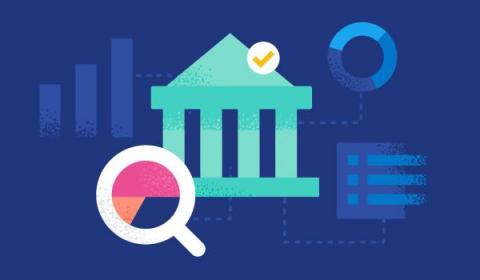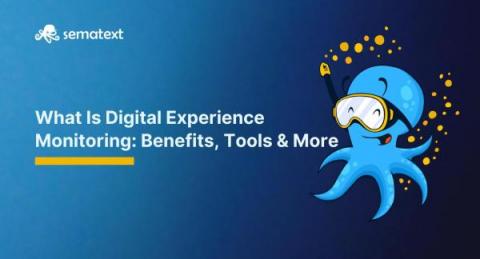Operations | Monitoring | ITSM | DevOps | Cloud
Latest News
Turning data into mission value in government and education
Government and education leaders estimate that data volume at their organizations will increase by 59% over the next three years. Although having more information than you need is (arguably) better than not having it when you need it, the sheer volume of data can make it challenging for teams to pinpoint exactly what data will bring value to their mission goals.
Query unsampled logs in real time with Live Search
With thousands of logs generated every minute from your infrastructure, applications, services, and devices, retaining this copious amount of data for active search and analysis can be cost-prohibitive. Because log volumes continue to grow rapidly as operations scale, it’s common for organizations to implement log management strategies and store only a limited number to minimize costs.
What Is Digital Experience Monitoring: Benefits, Challenges & Best DEM Tools
Digital Experience Monitoring (DEM) is a practice that involves monitoring and analyzing the end-to-end digital experience of users interacting with websites, applications, and other digital services. By examining performance, availability, and usability from the end user’s perspective, DEM provides insights into the performance, availability, and usability of these services from the perspective of the end user.
Edge Computing Types You Need To Know
Observability-Driven Development Explained: 8 Steps for ODD Success
Architectural Considerations for Your Cribl Stream Deployment
During our March Cribl User Group livestream, Cribl’s own Eugene Katz covered some of the updates we made to our documentation on Architectural Considerations for deploying Cribl Stream. Topics included our guidelines for determining the ideal number of worker nodes, accounting for throughput variability, and preparing for system failure. The full video has more information on these and other things to consider when determining the right balance between cost and risk for your organization.
What is an Elasticsearch index?
The term index is quite overloaded in the tech world. If you asked most developers what an index is, they might tell you it commonly refers to a data structure in a relational database (RDBMS) that is associated with a table, which improves the speed of data retrieval operations. But what is an Elasticsearch® index?
How JCB is leveraging SRE to lead a successful digital transformation
How JCB improves team structure, risk management, and application and platform development.
The hidden data challenges CIOs face on their quest to accelerate business outcomes
Navigating the complex terrain of IT systems, operational issues, and security breaches is no easy job, even for the seasoned CIO. And when tasked with the lofty goals of improving operational resilience, mitigating security risk, and enhancing customer experiences, dealing with the day-to-day operations is all the more challenging. Achieving these goals can often feel overwhelming, with no end to the journey in sight.











